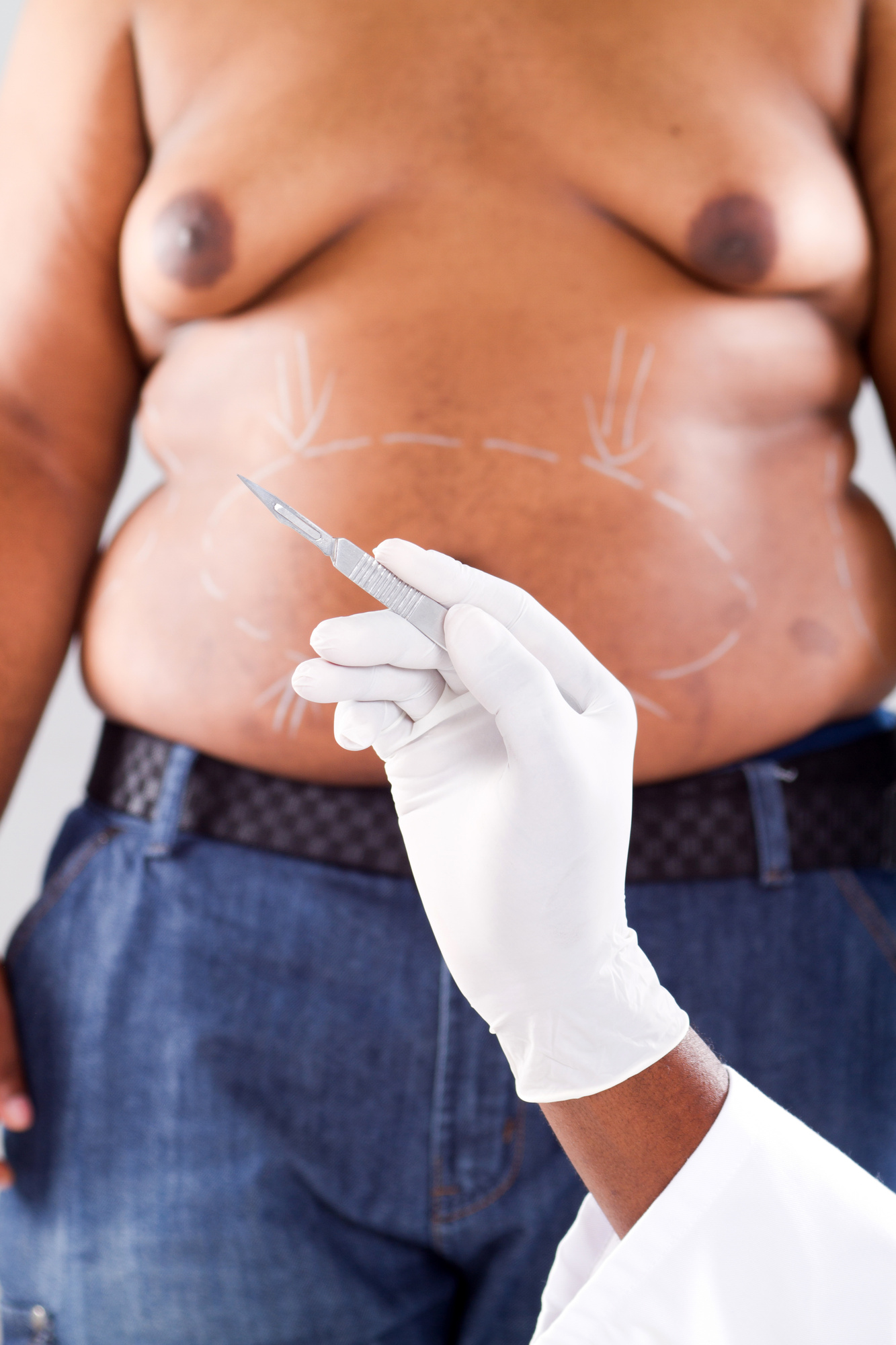Every year, more than 100,000 Americans undergo weight loss surgery. If you’re considering joining this group, you might be feeling a bit overwhelmed with all the different surgery options you have to choose from.
Two of the most popular weight loss surgeries are lap band surgery and gastric bypass surgery.
If you’ve been wondering about the differences between lap band vs. gastric bypass surgery, read on to learn everything you need to know.
What Is Lap Band Surgery?
Lap band surgery is a type of weight loss surgery that involves placing an inflatable band around the top portion of the stomach.
This creates a small pouch and limits the amount of food your stomach can hold. This, in turn, prevents you from overeating and makes it easier for you to restrict your calorie consumption and lose weight.
The Surgery
The lap band surgery only takes about an hour to complete. It’s typically performed in an outpatient weight loss facility with a maximum stay of five hours.
Patients are able to leave the same day and recover from the surgery in their own homes.
Recovery
Most people recover from lap band surgery and are able to return to their regular activities after three or four weeks.
During the recovery process, patients typically don’t experience too much discomfort. But, they may experience some soreness at the port site (the port is what fills and empties the band).
What Is Gastric Bypass Surgery?
Unlike lap band surgery, gastric bypass surgery is much more invasive. It involves having your digestive tract rerouted. This limits both the amount of food a patient can eat and the amount of nutrients they can absorb.
Because nutrient absorption is limited, patients typically need to take supplements to meet their minimum needs.
The Surgery
During a gastric bypass surgery, the surgeon staples the stomach. They then connect the new, smaller stomach to the middle portion of the small intestine.
The gastric bypass surgery typically takes about three hours. Patients also have to stay in the hospital for, on average, three days before they can go home.
Gastric bypass surgery must be performed as an in-patient surgery.
Recovery
It takes much longer for patients to recover from gastric bypass surgery than it does to recover from lap band surgery. Gastric bypass recovery typically lasts about 6-8 weeks.
It takes longer than lap band recovery because the actual digestive system has to recover from the surgical rerouting. Patients will likely experience more soreness and discomfort post-surgery.
Who Qualifies for Weight Loss Surgery
Whether you’re interested in lap band or gastric bypass surgery, you’ll need to meet the following criteria before you can be approved for surgery:
- You must have tried unsuccessfully in the past to lose weight with diet and exercise
- Your body mass index (BMI) must be 40 or higher OR
- You must have a BMI of 35-39 and weight-related health problems like type 2 diabetes, severe sleep apnea, or high blood pressure
In some cases, you might also qualify for weight loss surgery if you have a BMI that falls between 30 and 34. But, you have to also have serious weight-related health problems.
Lap Band Vs. Gastric Bypass: Which One Will You Choose?
Now that you know more about the difference between lap band vs. gastric bypass surgery, you can make an informed decision about which procedure is right for you and your health.
Do you want to make sure you recover from your surgery as quickly as possible? Start by checking out this article; it’s a safety checklist for patients who are undergoing cosmetic surgery.











